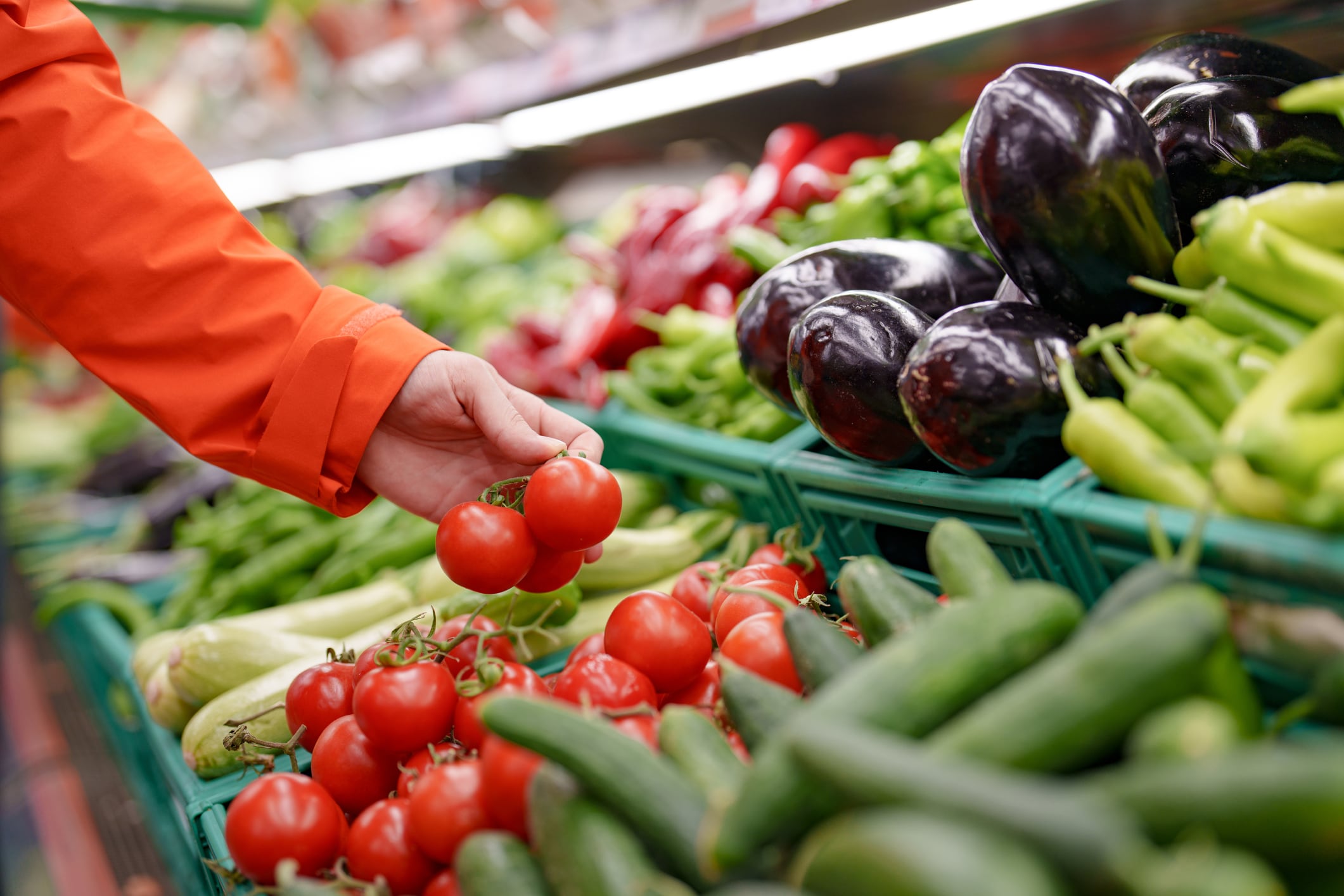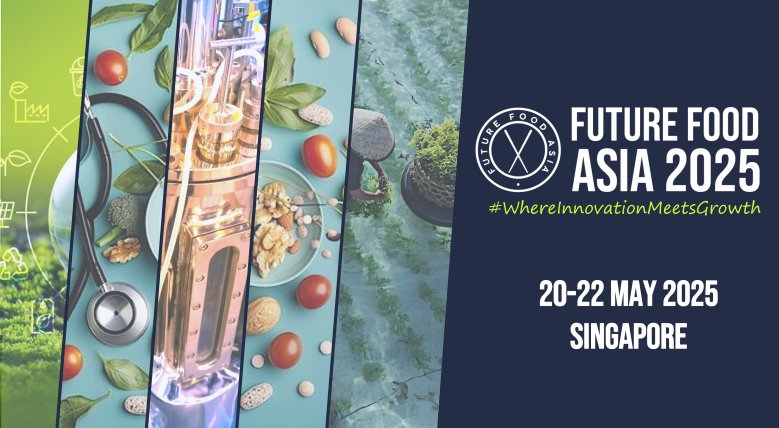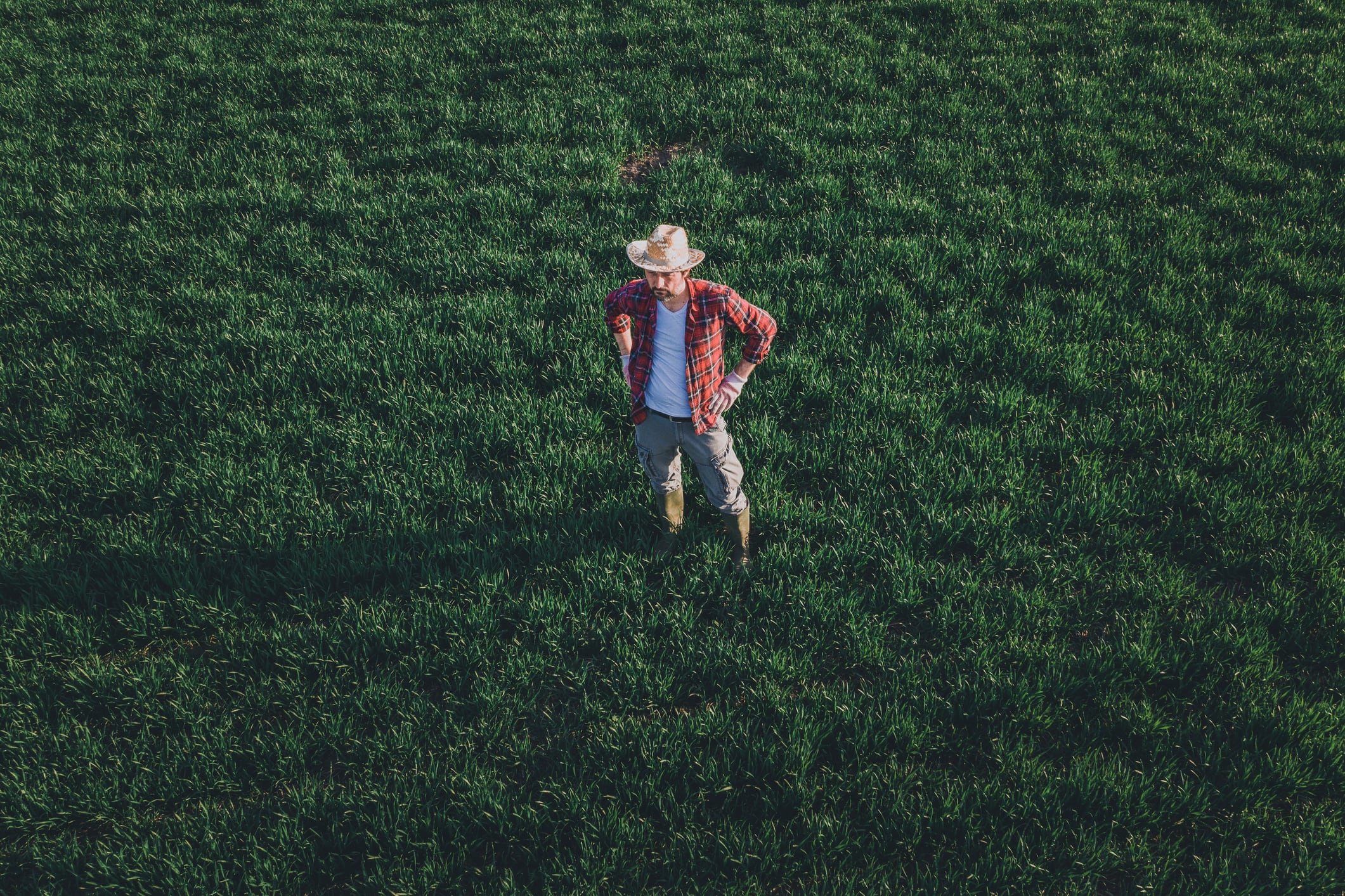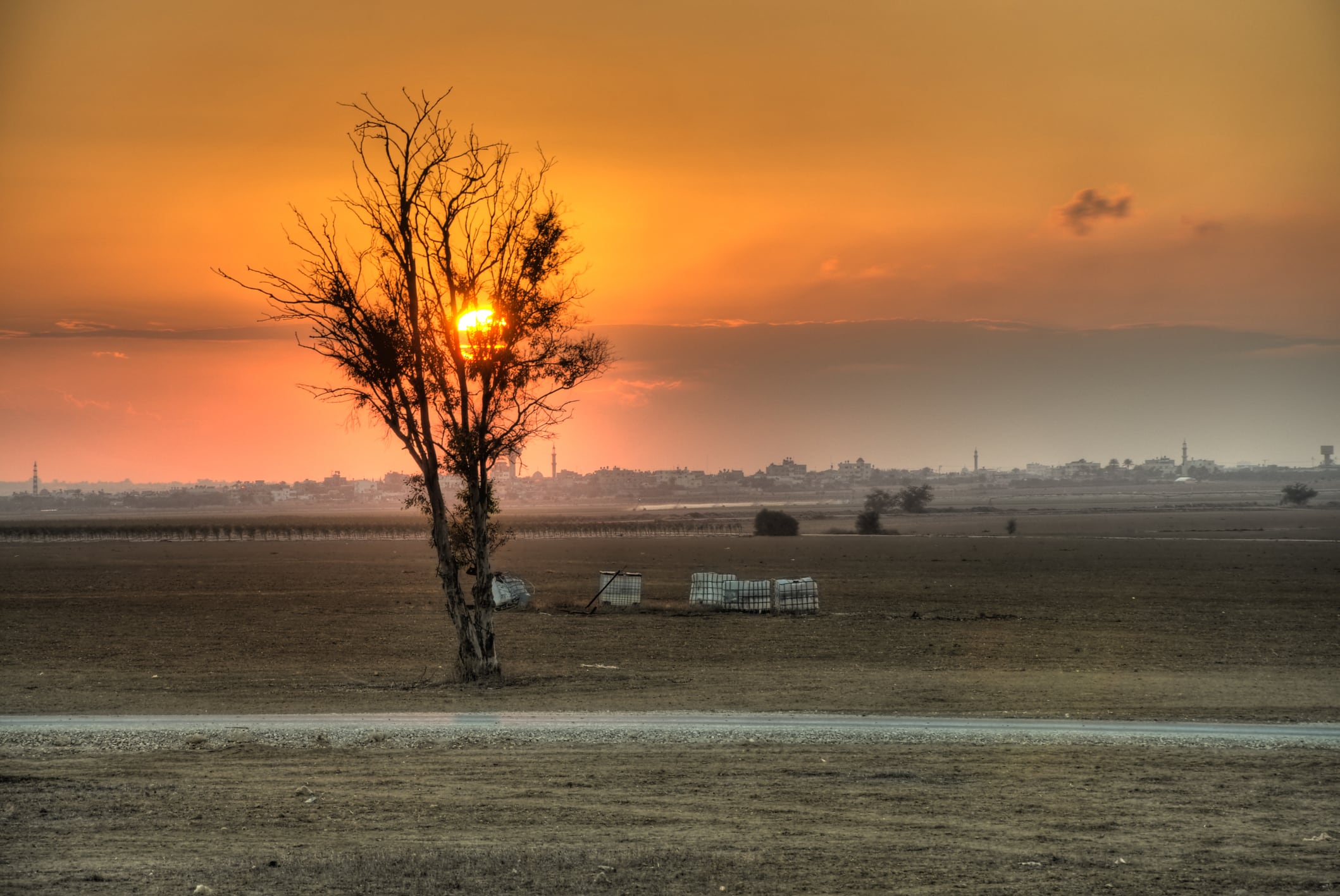Lockyer Valley Foods chairman Murray Chatfield told AgTechNavigator the concerns over Australia’s food import and export practices, particularly the environmental impact of shipping produce offshore only to import it back into the country.
“Why are we adding so many carbon miles to the food that we need to eat when we’re trying to be environmentally sensitive?”
Back in March, Colin Dorber, CEO of Lockyer Valley Foods called for the Australian government to “put their money where their mouths are” in response to Prime Minister Anthony Albanese’s message to ‘Buy Australian’ the same week.
“It’s all very well to ask consumers to buy Australian, but when the Government is only paying lip service to supporting our farmers, and retailers are chasing the lowest prices around the world, individual action is not going to get us anywhere,” said Dorber in a press statement.
“The government must restore food sovereignty to this country and fix the crisis that is seeing farming industries dwindling or disappearing altogether, and they must act now, or it will be too late.”
He urged Australia’s leaders to use the National Reconstruction Fund (NRF) to help bring food manufacturing back to the country.
Circular solution
The company has started construction of a canning facility in Queensland on 55 hectares of land, which Chatfield said would “solve a lot of issues” in the sector.
“During COVID we saw just how fragmented supply chains can get. Queensland doesn’t have a canning plant, so it has to send all its food offshore or sends it to other states.”
The new facility is set to be up and running by 2027.
“After we have built all our lines, it should throw off an EBITDA around $200 million a year,” said Chatfield.
The company aims to be market led in terms of products and the new facility will allow it to be agile enough to switch it up according to market demand.
“We know what the big supermarkets are demanding and what they can’t get a hold of. If a customer wants something, we are able to tell our farming groups what we need… If you want beans, peas, corns, mixed vegetables, we can do it. It won’t be an issue to us… Our facility will be able to be set up in such a way where we can change the can size and change the printing so much more efficiently than the than the old plants,” said Chatfield.
He added: “We won’t want any short runs because every time you stop the machinery and do a big clean out and then start again. You got to have around 14 runs to make sure you reach your optimal efficiency.
The facility was designed to handle every aspect of food processing efficiently and sustainably.
Nearly all water used in the facility will be recycled, with the only water heading offsite being the ones contained in the cans.
Furthermore, the facility will also have a bio-methane plant to recycle any food waste from production and pallet manufacturing capabilities to produce pallets from recycled plastic waste.
Nearly all water used in the facility will be recycled, with the only water leaving the plant being that contained in the cans.
According to, its new facility would be the first canning plant built in Australia in 85 years.





